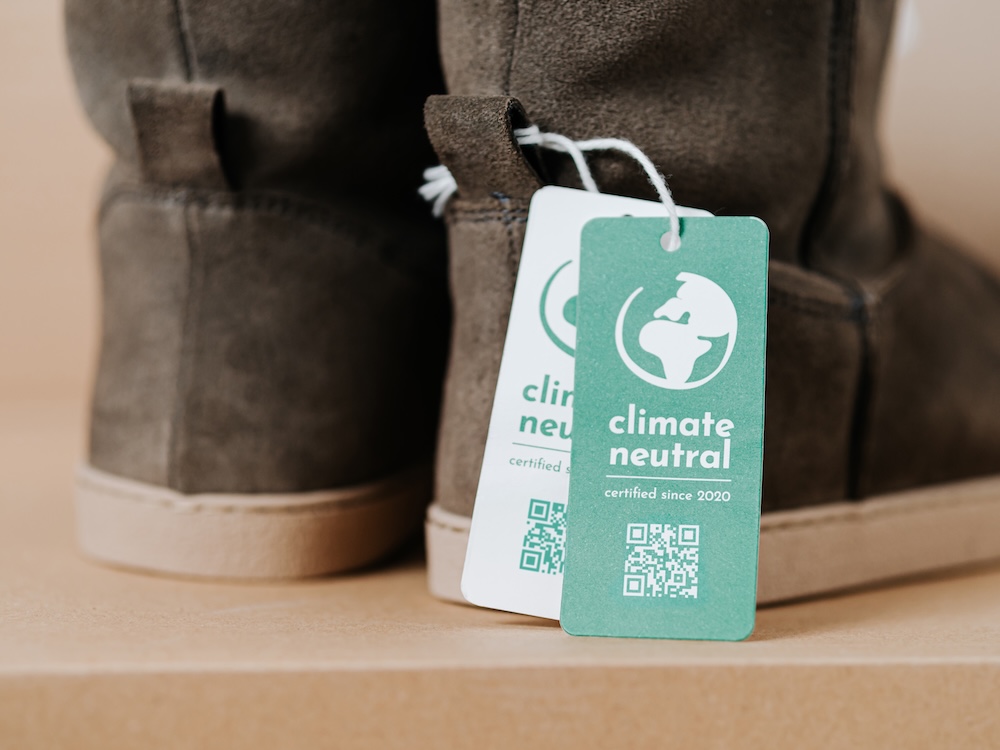The demand for adaptive footwear is rising — and with it, an opportunity to rethink how shoes are designed, produced, and delivered. For millions of people with disabilities, the right pair of shoes is not just about fashion — it’s about independence, mobility, and dignity. As brands race to meet this demand, the most forward-thinking are also weaving sustainability into the equation, proving that accessibility and eco-consciousness can go hand in hand.
The Growing Demand for Adaptive Footwear
According to the World Health Organization, more than one billion people worldwide live with some form of disability — a number projected to grow in the coming decades due to aging populations and health trends. For many, finding footwear that offers both comfort and functionality remains a persistent challenge.
Advocacy Driving Change
Increased advocacy for disability rights is pushing industries to think beyond minimum accessibility requirements. Fashion and footwear are no exception. Campaigns by disability advocates, nonprofits, and influencers have amplified the message: adaptive design should be available in every market segment, from athletic gear to professional wear.
From Niche to Mainstream
Once considered a niche market, adaptive footwear is now being embraced by major brands. This shift reflects not only growing consumer demand but also a recognition that inclusive design benefits everyone — from children learning to dress themselves to older adults seeking easier-to-wear shoes.
Brands Leading the Way
Several companies have made adaptive footwear a core part of their product development strategy, collaborating directly with people with disabilities to ensure the designs meet real-world needs.
Nike’s FlyEase System
Nike has been a standout in adaptive shoe design, with its FlyEase system combining zippers, straps, and innovative closures to enable quick, secure, and comfortable wear without sacrificing style.
Other Industry Innovators
- New Balance: Known for its wide size ranges and supportive construction, increasingly integrating adaptive design elements.
- Billy Footwear: Specializes in zipper-enclosed uppers that fully open, allowing feet to slide in with minimal effort.
- Aetrex: Focuses on comfort technology with orthotic-grade support, ideal for people with specific medical needs.
By prioritizing inclusive design, these brands are challenging the industry to expand beyond one-size-fits-all approaches.
Technology Transforming Adaptive Footwear
Advancements in materials science, digital manufacturing, and customization tools are accelerating innovation in the adaptive footwear sector.
Custom Fit Through 3D Printing
Some brands now use 3D printing to produce personalized insoles and midsoles, ensuring maximum comfort while reducing waste compared to mass production.
Smart Design Integration
Technologies like pressure mapping and AI-driven foot scanning help identify unique support needs, enabling brands to design shoes that not only fit better but last longer — reducing replacement frequency and resource use.
Sustainability and Adaptive Footwear: A Natural Partnership
While the adaptive footwear market addresses accessibility, it also has a chance to lead on environmental responsibility.
Durable, Repairable, and Recyclable Shoes
Adaptive shoes, by necessity, are often built to higher durability standards. Extending product lifespan and using modular designs for easy repair can further reduce environmental impact.
Sustainable Materials
Brands are exploring plant-based leathers, recycled rubber soles, and low-impact textiles to ensure adaptive footwear supports both people and the planet.
Localized Manufacturing
Producing adaptive footwear closer to the consumer base can cut transportation emissions and improve the ability to offer custom fits without wasteful inventory surpluses.
Benefits of Adaptive Footwear
For individuals with disabilities, the right footwear is more than a convenience — it can be life-changing.
Comfort and Health
Properly fitted adaptive shoes can reduce pain, prevent injuries, and improve posture, especially for those with conditions like cerebral palsy, diabetes, or arthritis.
Independence and Confidence
Features like easy-on closures and supportive structures allow wearers to dress themselves, participate in more activities, and feel confident in public spaces.
Challenges in the Adaptive Footwear Market
Despite growth, significant barriers remain in making adaptive footwear universally available.
Limited Retail Access
Many adaptive shoe lines are available only online, making it difficult for consumers to try them on before purchase — a critical step for those with unique fitting needs.
Higher Costs
Specialized design and production processes often make adaptive shoes more expensive. While some insurance plans cover the cost, many do not.
Awareness Gaps
Consumers, healthcare providers, and even retailers may be unaware of the range of adaptive footwear options available, limiting adoption.
What Can Be Done to Move the Industry Forward
- Increase In-Store Availability — Retailers should stock adaptive footwear in physical locations so customers can try them on.
- Expand Insurance Coverage — Advocate for adaptive footwear to be recognized as a medical necessity where applicable.
- Integrate Sustainable Practices — Use eco-friendly materials, ethical labor practices, and circular design principles.
- Educate Consumers and Professionals — Provide resources to help people understand adaptive options and proper fitting.
Final Thoughts
The adaptive footwear market is on the rise, and the most impactful brands will be those that embrace both accessibility and sustainability. Designing shoes that empower individuals with disabilities while minimizing environmental impact is not just good business — it’s a statement about the kind of world we want to live in. By pairing inclusive design with eco-conscious production, shoe companies can take a major step toward a future where comfort, independence, and environmental stewardship walk hand in hand.









Reader Interactions